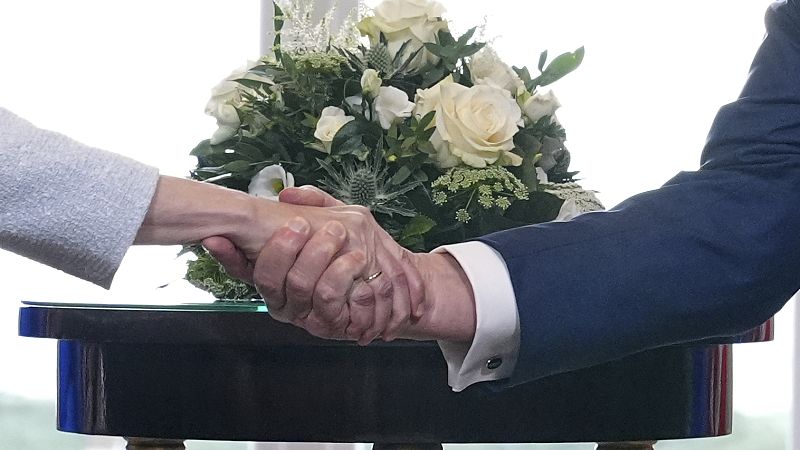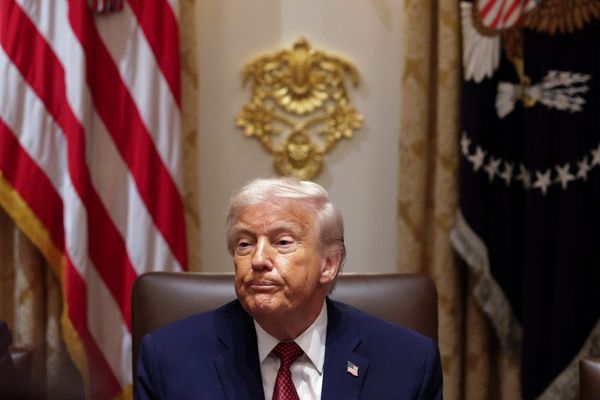
A joint statement is set to follow the framework deal agreed by US President Donald Trump and Commission President Ursula von der Leyen on Sunday in Scotland.
The statement should in theory come before 1 August, the date after which Trump had threatened to apply 30% blanket tariffs on EU imports if no trade deal was reached, though there is no clarity on when it will arrive.
With both sides still wrangling over the details, one thing is clear: it will not be legally binding. “That joint statement itself is not a legally binding document but it’s rather a roadmap,” EU Commission spokesperson Olof Gill said on Tuesday, describing the statement as “a series of political commitments”.
That might work in the EU’s favour, given the massive commitments it has made in terms of purchases and investments: €750 billion in US energy, €600 billion in investments and purchases of weapons. The EU lacks legal capacity to make such commitments anyway and they will broadly rest on the private sector.
The trade deal agreed between the US and Indonesia last week is cited as an example of how the statement might look. That agreement contains figures on tariffs applied by both signatories and purchase commitments, but it also includes a lengthy section detailing Indonesia’s commitments to ease non-tariff barriers.
Tariffs and non-tariff barriers
The EU/US joint statement might be expected to explicitly set out that 15% tariffs will apply to EU imports, as was agreed on 27 July by Trump and von der Leyen, but there is still no clarity on exemptions, which are still under negotiation, with the EU for example hoping to secure zero tariff rating on wines and spirits.
Regarding US imports to the EU, there should be a list of US products enjoying 0% EU tariffs. “We will publish that list in the context of the finalisation of the joint statement so that this is clear where exactly we are going,” an EU official said.
That will include non-sensitive agricultural products and fisheries products: nuts, processed fish, some dairy products and pet food, according to the official.
Some industrial products should also be covered as well as certain chemicals linked to fertilisers, “where we see the US as an alternative source of supply to Russia”, the EU official said.
It remains to be seen how the EU will navigate the issue of non-tariff barriers. The EU has remained adamant that there will be no question of revisiting digital or phytosanitary regulations — but the US continues to sledge those rules as discriminatory.
An EU official said the US administration will issue executive orders for a number of countries clarifying new tariffs levels, and there may be an order for the EU.







